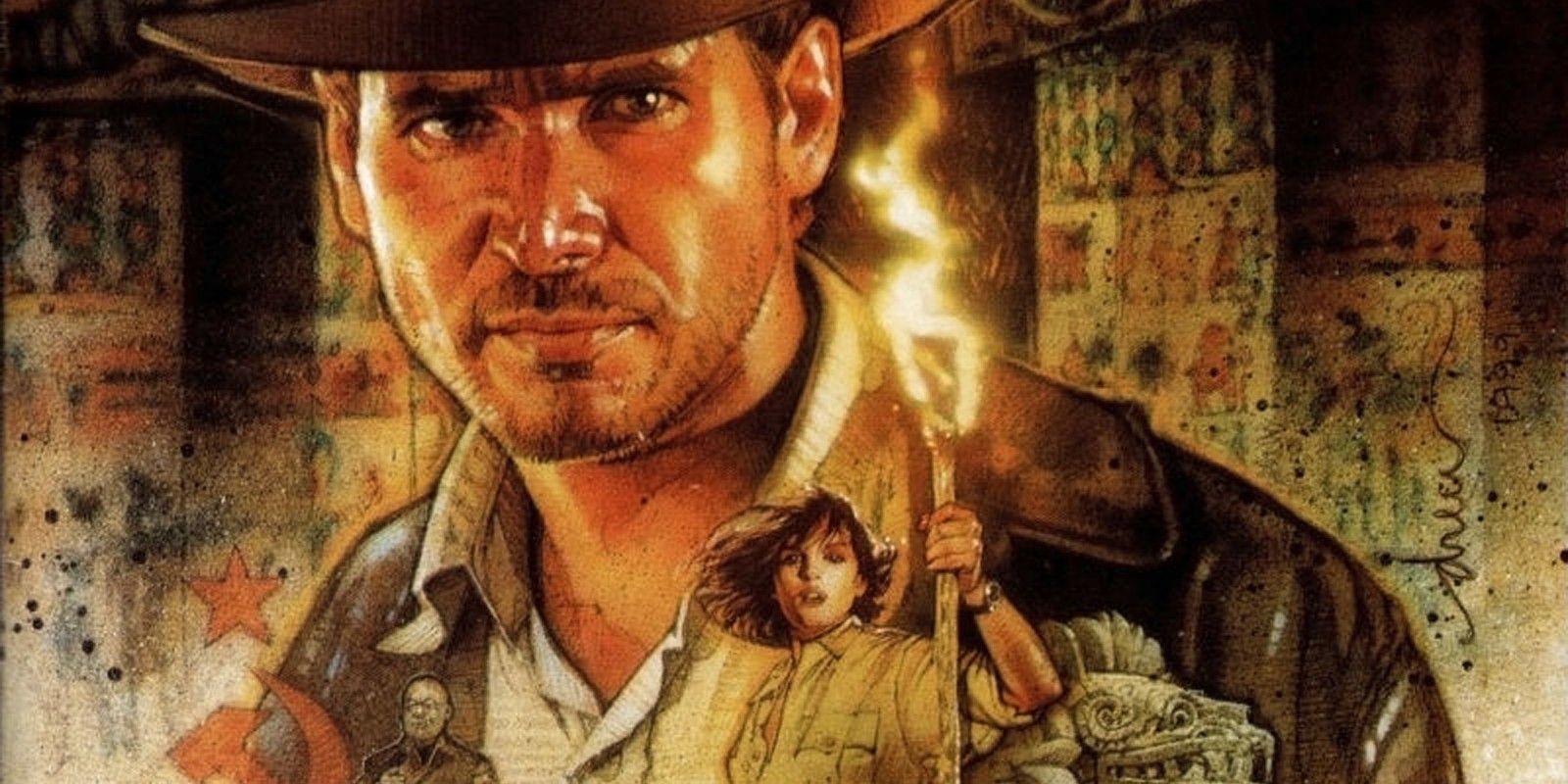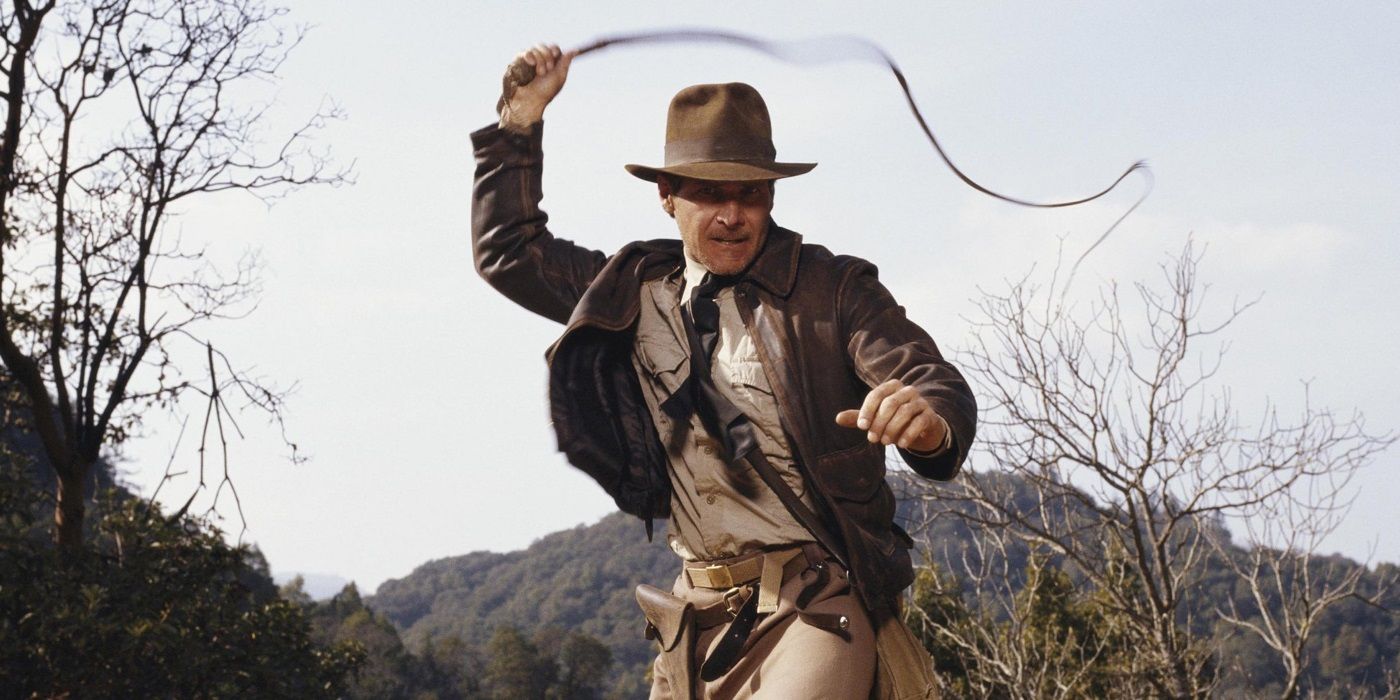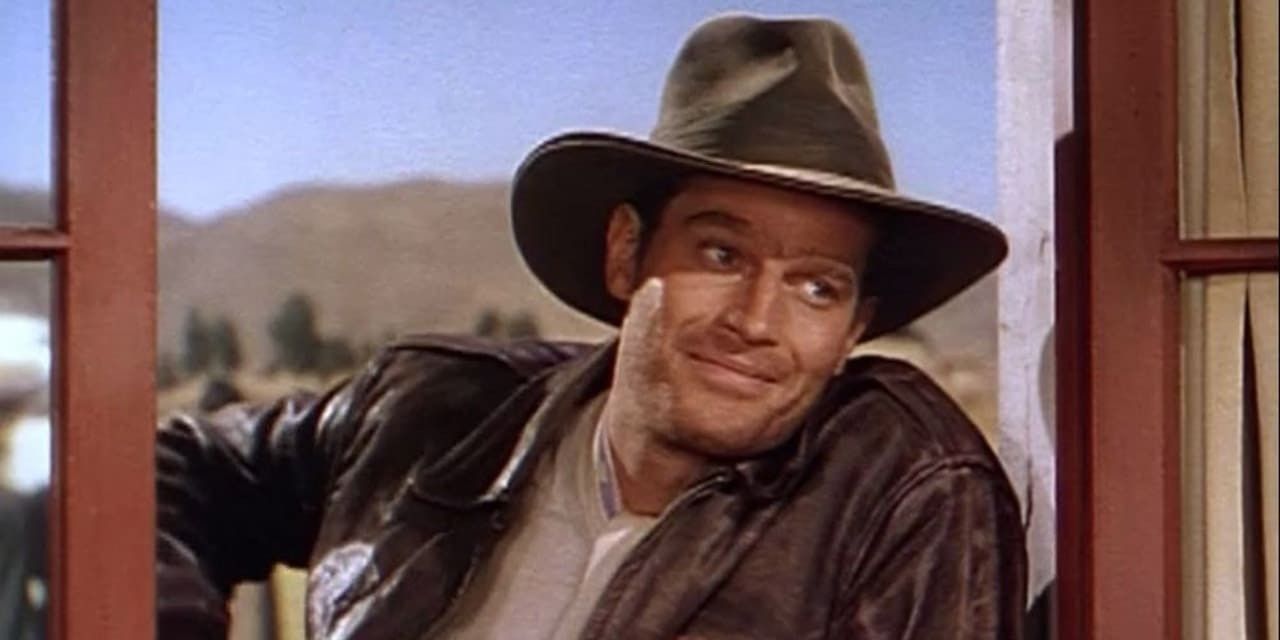Raiders of the Lost Ark, the first installment in the Indiana Jones franchise, was immensely successful with audiences and critics alike, squarely because of the thrilling and dynamic action sequences that were showcased in the movie. Not since the James Bond series had audiences witnessed stunts and set-pieces that were so daring, elaborate and imaginative, and director Steven Spielberg always enhanced them with a breakneck pace and an authentic grittiness that was unlike anything in cinema at the time.
From chase sequences involving giant boulders to fistfights beside a plane gone haywire, young audience members particularly delighted at the dangers that Jones (Harrison Ford) would inevitably find himself in. But to older spectators, some action sequences, as well as the various other hallmarks of the Indiana Jones series, would have been quickly recognizable or even seen as plagiaristic.
To anyone raised on the movies and matinée serials of the 1930s and '40s, the iconography and format of the Indiana Jones films would have indeed felt very familiar. Series creator George Lucas was himself a part of that audience, having seen these films’ rereleases during the '50s. And like Star Wars before it, the Indiana Jones series naturally became an amalgamation of the cinematic hallmarks that he loved while he was growing up. Much like Flash Gordon and other stories led to Star Wars, Indiana Jones was born out of the Zorro serials such as Zorro’s Fighting Legion and Zorro Rides Again, as well as the World War II adventure Spy Smasher. Additionally, Lucas and Spielberg’s love for the movies of Alan Ladd and Charlton Heston proved to be a tremendous influence.
The most obvious visual clue of these influences is in the form of Indy’s attire and weaponry. The recognizable hat, leather jacket, khakis, bullwhip and .45 revolver all stem from the iconography of the exotic adventure films that were made decades before Raiders of the Lost Ark; the now-iconic "Indiana Jones look" was likely something that was cemented in the young Spielberg and Lucas’ minds as the appearance of an archetypal adventurer.
This look is most evident in the 1943 adventure B-movie China, where star Alan Ladd plays an opportunist profiteer named Jones. Jones not only proved to be Indy’s namesake, but he also wore an identical getup to Harrison Ford, complete with the aged jacket and famous fedora. Charlton Heston also sported this look as Harry Steel -- a grave robber searching Machu Picchu for an ancient Incan artifact -- in 1954's Secret of the Incas. Film fans have often noted the latter to be one of the biggest influences on Indiana Jones, and Raiders’ costume designer Deborah Nadoolman Landis has admitted as such.
According to Landis, Raiders was a “shot for shot” remake of the Heston film, and she and the Raiders crew watched the movie “several times” for inspiration. On top of its costume design, Secret of the Incas features other notable similarities to Raiders in terms of plot, character and set pieces. For example, the protagonist is an intrepid but fallible archeologist on a quest for fortune and glory. Along the way, he is double-crossed by a selfish assistant (mirroring Sapito in Raiders' opening scene), encounters an archeologist who is a step ahead (similar to the villain Belloq), and uses a map room where secrets are revealed through light. Additionally, Steele rides in a river raft and ultimately gives the artifact back to the natives -- similar sequences appeared in Indiana Jones and the Temple of Doom, although the river raft scene was initially written for the first film.
Preceding Secret of the Incas, there were also the many serials made by Republic Pictures that ultimately played a substantial role in the stunts of Indiana Jones. Zorro's Fighting Legion features a sequence where the bullwhip-wielding protagonist is pulled under and dragged behind a wagon before he climbs back on and approaches its driver. A different scene mirrors the spike-chamber sequence in Temple of Doom, in which Zorro (Reed Hadley) is trapped between slowly enclosing walls. Whether it's plagiarism or a loving tribute, it's undeniable that Spielberg and Lucas remade these sequences with a fresh dynamism and energy and delighted young moviegoers just as the filmmakers of the past delighted them.



